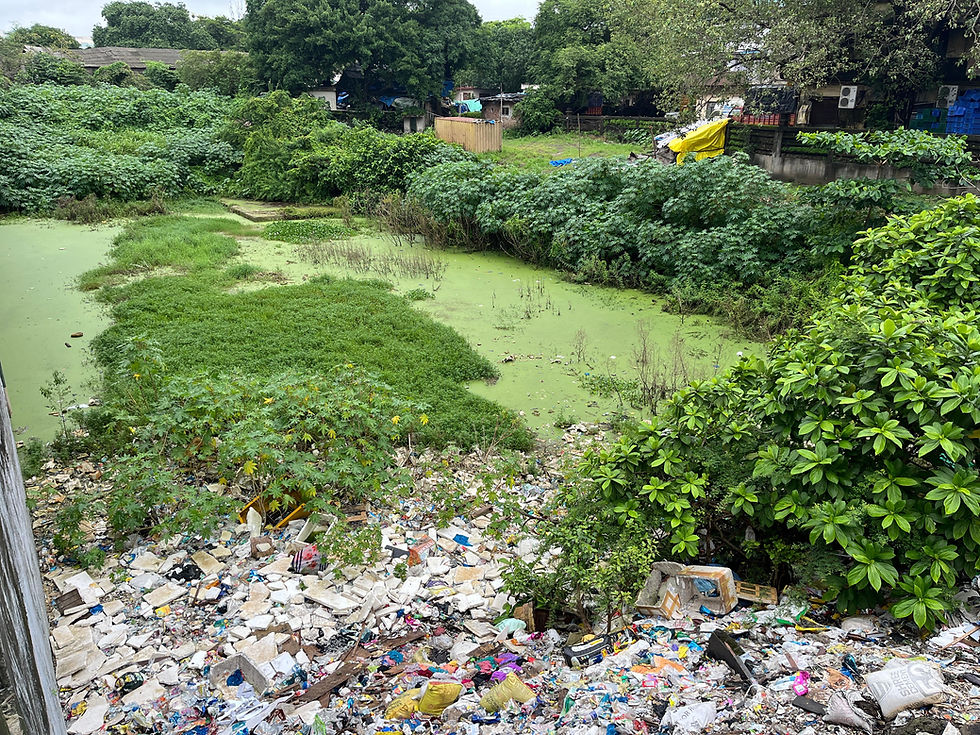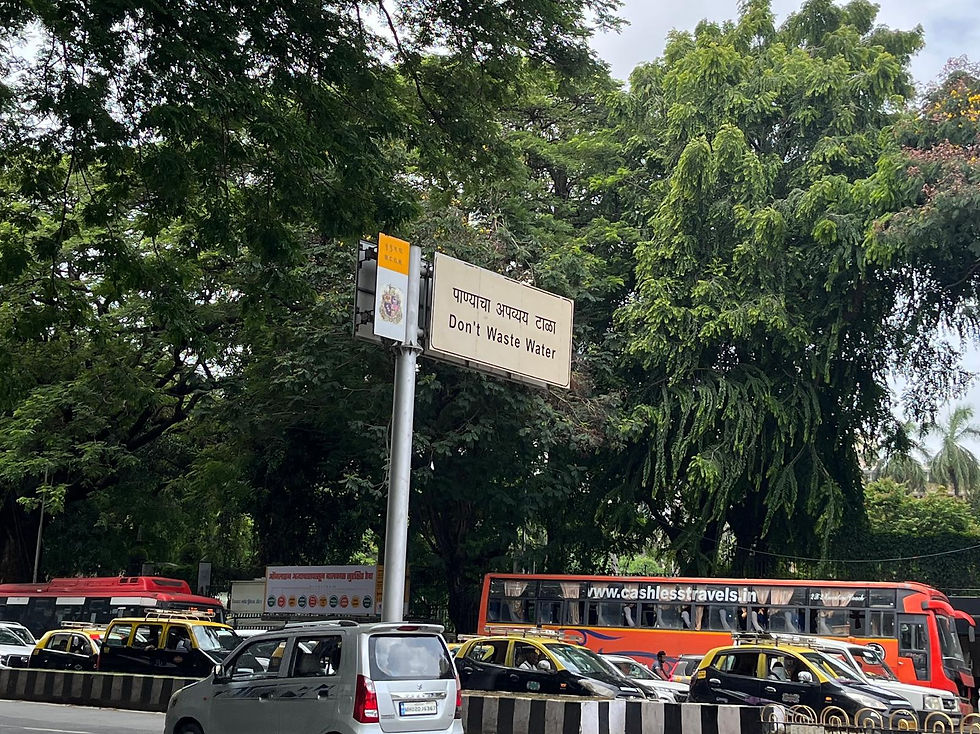Waste Not, Want Not – How Waste Segregation and Composting Can Work in Slums
- Gully Classes Foundation

- Aug 2
- 3 min read
Welcome back, dear readers! In this blog article i would like to talk about a topic that I came across more or less instantly when coming to India for the first time. Namely, I would like to talk about the topic of waste segregation in underserved neighborhoods. When I arrived in Mumbai about two weeks ago, the question quickly arose: Where do I get rid of my waste? I was looking for the proper way to dispose of some empty plastic water bottles and an empty toothpaste tube. I was of course, not expecting to find a yellow bin for plastics like I know from Germany, but the system that I found on the streets was really a surprise to me. In Mumbai, waste is typically categorized into wet waste and dry waste. Wet waste includes all things biodegradable - think of kitchen scraps or garden clippings - while dry waste is made up of plastics, metals, and paper, which can often be recycled. This system is not unique to Mumbai, but has also been implemented in other Indien cities.

Now, why does this system make sense, especially in areas of mostly informal settlements? Many slums have waste pickers or “kabadiwalas” who sort through waste manually to collect recyclables. When waste is mixed, it becomes harder and more dangerous for them to separate. Also, this is a very easy and simple way of waste segregation. So it is a first small step that everyone can take that can already make a big difference. Adding to that, more segregated waste poses fewer health threats and can improve the overall hygienic situation in densely populated areas. Still, there are many challenges in implementing this system in Mumbai. What I found very sad to see is that I sometimes come across bins labelled „wet“ and „dry“ that were not even half full, while just 10 meters further on the street there was a mountain of litter just laying on the sidewalk and sprawling onto the street with every type of waste mixed. So there is a lot of potential in raising awareness about the existence of this waste segregation system and the benefits of it, something this blog article can maybe play a tiny part in. Other times, I saw these bins overflowing and waste falling next to them, leading to it mixing again and making the initial segregation obsolete. So the municipal pickup system also needs to be extended to handle the immense amount of waste that is produced daily in Mumbai - over 7000 tons. And while Mumbai is also famous for its recycling industry, for example for metals, plastics and electronic waste, litter without any financial value often does not reenter the cycle and ends up in sewers and landfills. Seeing both the potential and the challenges of waste segregation up close made me realize how even simple systems can fail or succeed, depending on awareness, infrastructure, and individual action. It also made me reflect on the privilege of organized waste management systems in countries like Germany, where the infrastructure supports sustainability. If you live in a neighborhood where segregation is not yet common, you can start small: keep two containers at home, talk to your neighbors, or connect with local NGOs promoting sustainable waste practices. At Gully Classes Foundation, we try to incorporate environmental education in our activities with children, because the next generation will inherit both the problem and the opportunity to change it.
Waste Not, Want Not – How Waste Segregation and Composting Can Work in Slums.






Good Work..